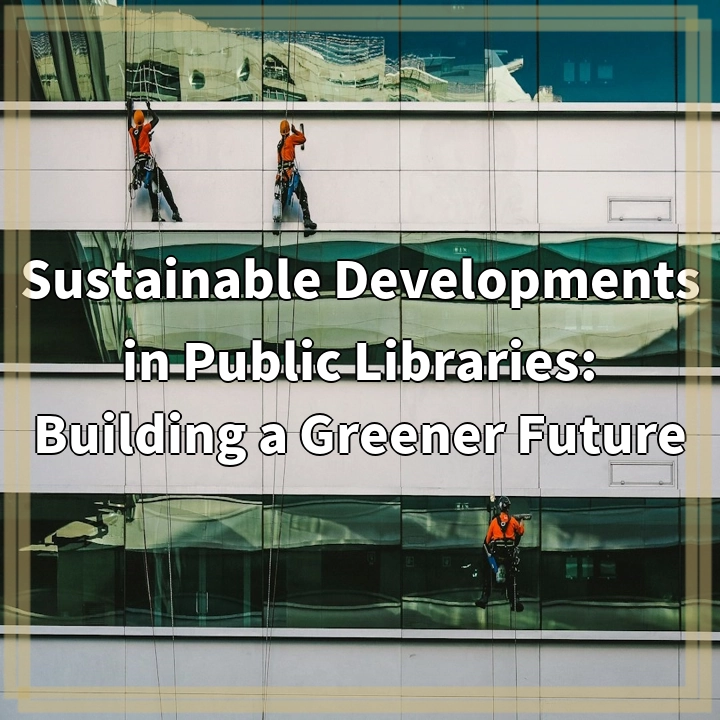
What is Sustainable Developments in Public Libraries: Building a Greener Future?
Sustainable Developments in Public Libraries: Building a Greener Future is a concept that aims to incorporate eco-friendly practices and initiatives within the operation and services of public libraries. It involves the implementation of sustainable measures to reduce environmental impact while promoting community engagement and awareness of environmental issues.
Real-world problems associated with Sustainable Developments in Public Libraries
Sustainable developments in public libraries face certain challenges and hurdles that need to be addressed for successful implementation. These problems include:
1. Limited funding:
Public libraries often have limited budgets, making it challenging to allocate funds specifically for sustainable development initiatives. Lack of financial resources can hinder the implementation of energy-efficient technologies, renewable energy systems, and other sustainability projects.
2. Resistance to change:
Implementing sustainable developments in public libraries requires a cultural shift and a willingness to embrace change. Some librarians and staff may resist introducing new practices and technologies, which can slow down the progress towards greener operations.
3. Infrastructure constraints:
Older library buildings may have infrastructure constraints that make it difficult to incorporate sustainable features. Limited roof space for solar panels, inadequate insulation, and outdated HVAC systems can pose challenges in achieving energy efficiency goals.
4. Lack of awareness and knowledge:
There might be a lack of awareness and knowledge among library staff about sustainable practices and their benefits. Training and education programs are necessary to ensure librarians are equipped with the necessary skills to implement and advocate for sustainable developments effectively.
5. Balancing environmental impact and accessibility:
Public libraries have a responsibility to provide accessible services and resources to all members of the community. Balancing environmental impact with accessibility can be challenging, as implementing certain sustainable practices, such as reducing paper consumption, may affect individuals who rely on printed materials or do not have access to digital resources.

Solutions for Sustainable Developments in Public Libraries
1. Seeking alternative funding sources:
Public libraries can explore grants and partnerships with governmental and non-governmental organizations that support sustainability initiatives. Collaborating with local businesses or community groups can also provide additional funding and resources for implementing greener practices.
2. Promoting a culture of sustainability:
Libraries can foster a culture of sustainability by raising awareness among staff and patrons about the importance of environmental stewardship. Training programs and workshops can educate employees on sustainable practices, encouraging them to embrace and promote green initiatives within the library.
3. Retrofitting infrastructure:
To overcome infrastructure constraints, libraries can gradually update their facilities to be more energy-efficient. This may involve improving insulation, installing energy-efficient lighting, and gradually transitioning to renewable energy sources. Libraries can also explore partnerships with local renewable energy providers to achieve their sustainability goals.
4. Environmental education and outreach:
Public libraries have a unique opportunity to educate the community on environmental issues and sustainable practices. Hosting workshops, lectures, and providing resources on sustainability can empower individuals to make greener choices in their daily lives. Libraries can also collaborate with schools, universities, and local organizations to expand the reach of their environmental education efforts.
5. Balancing accessibility and environmental impact:
Libraries can strive to minimize their environmental footprint without compromising accessibility. This can be achieved by implementing digital resources alongside printed materials, ensuring the availability of assistive technologies for individuals with different needs, and exploring partnerships to offer alternative access to resources for underserved communities.















